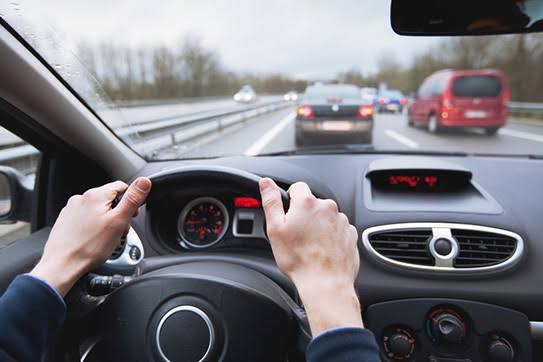
Defensive driving is a mindset and a set of skills that can help you stay safe on the road. By mastering defensive driving techniques, you can significantly reduce the risk of accidents and protect yourself and others on the road. Stay alert, anticipate potential hazards, and drive defensively to arrive at your destination safely.
Regardless of your driving experience, mastering defensive driving techniques is crucial to ensure your safety on the road. With the increasing number of vehicles on the road, accidents can happen anytime, anywhere. However, by adopting defensive driving techniques, you can significantly reduce the risk of being involved in a collision. In this article, we’ll explore the top 5 defensive driving techniques to help you stay safe on the road.
1. Maintain a Safe Following Distance
One of the most effective defensive driving techniques is maintaining a safe following distance from the vehicle in front of you. This distance allows you to react and stop in time if the vehicle in front of you suddenly stops or slows down. The general rule of thumb is to maintain a 2- to 4-second gap, depending on the road conditions and speed. To measure this distance, choose a fixed point on the road ahead and count the seconds it takes for the vehicle in front of you to pass it. If you reach the same point before counting to 2-4 seconds, you’re following too closely.
2. Be Aware of Your Surroundings
Defensive driving is all about being aware of your surroundings and anticipating potential hazards. Keep an eye on the road ahead, check your rearview and side mirrors regularly, and be mindful of pedestrians, cyclists, and other vehicles around you. Avoid distractions like using your phone or eating while driving, as they can take your eyes off the road and increase your reaction time. Stay alert and focused on the road to react to unexpected situations.
3. Anticipate the Worst
Defensive drivers anticipate the worst-case scenario and are prepared to react. When driving, think about what could go wrong and how you would respond. For example, if you’re approaching an intersection, anticipate that another driver might run the red light or stop suddenly. By thinking ahead, you can react quickly and avoid potential accidents.
4. Use Your Signals
Signaling your intentions is a crucial aspect of defensive driving. It helps other drivers anticipate your actions and reduces the risk of collisions. Always use your turn signals when changing lanes, turning, or merging with traffic. This simple habit can go a long way in preventing accidents and reducing road rage.
5. Adjust Your Speed
Speed is a significant contributor to road accidents. Defensive drivers adjust their speed according to road conditions, weather, and traffic. Slow down in rain, snow, or fog, and be cautious on curves, intersections, and school zones. Avoid speeding, as it reduces your reaction time and increases the severity of accidents. By adjusting your speed, you can reduce the risk of accidents and stay safe on the road.
